Yoga & Pilates
Discover the Magic of Pilates for Back Muscle Definition
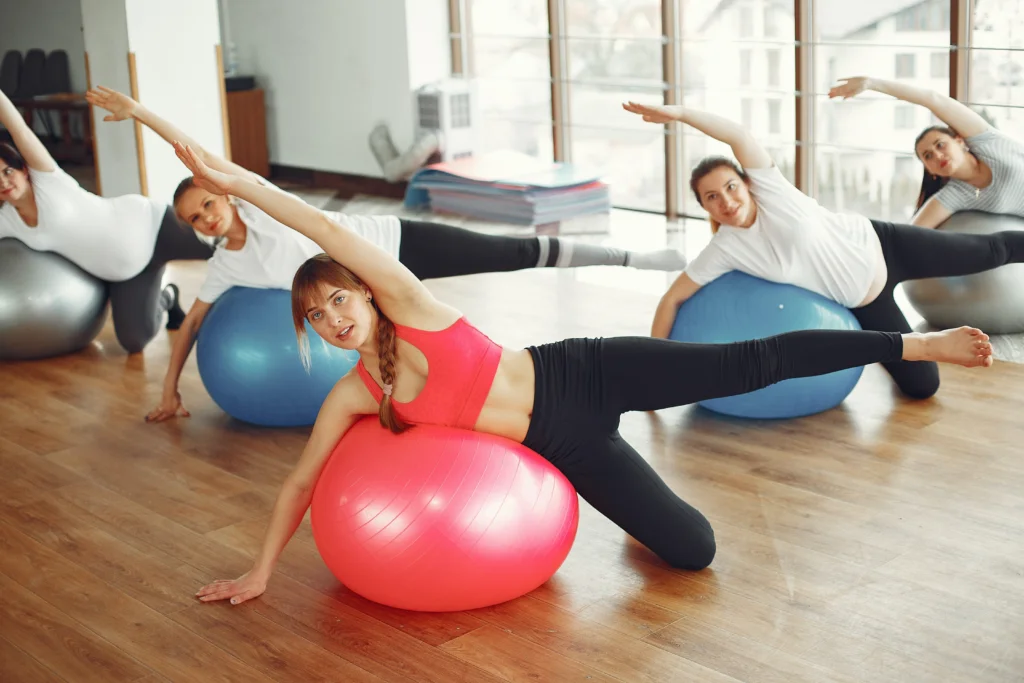
Introduction
The Art of Pilates and Its Benefits for the Back
In today’s fast-paced world, our sedentary lifestyle and desk-bound jobs often lead to back pain, stiffness, and poor posture. One way to combat these issues is through Pilates exercises, a low-impact form of exercise that emphasizes core strength, flexibility, and breathing techniques. Developed in the early 20th century by Joseph Pilates, this form of exercise has gained popularity among fitness enthusiasts worldwide.
Pilates exercises are designed to target specific muscle groups in the body, including the back muscles. The benefits of Pilates for the back include increased flexibility, improved posture, reduced risk of injury, and enhanced overall strength.
These exercises focus on strengthening the deep core muscles that support your spine. By improving your core strength and spinal alignment through regular practice, you can alleviate back pain caused by poor posture or spinal conditions.
Table of Contents
Importance of a Strong and Sculpted Back
A strong and sculpted back is not only aesthetically pleasing but also beneficial for overall health and fitness. The human spine houses our nervous system, which is responsible for sending signals between the brain and various parts of the body.
Your spine’s health directly affects your quality of life; therefore, it is essential to maintain its health. A strong back supports good posture, which helps you avoid chronic pain in your neck or shoulders due to poor alignment when sitting or standing upright.
Additionally, having strong back muscles can help reduce pressure on other areas like the hips or knees when performing daily activities such as lifting heavy objects or carrying groceries.
Basic Pilates Exercises for Back Strength
Cat-Cow Stretch: The Foundation of Pilates Back Workouts

The Cat-Cow stretch is a simple exercise that helps warm up the spine. It is the foundation for almost every Pilates back workout and should be done before moving on to other exercises.
- Begin on your hands and knees, with your wrists under your shoulders and your knees under your hips.
- Inhale as you arch your back, lifting your head and tailbone towards the ceiling. This position is known as “Cow.”
- On an exhale, round the spine, tucking in the chin towards the chest, and bring the pelvis towards the floor. This position is known as “Cat.”
- Repeat this movement back and forth for 5–10 repetitions.
Spine Stretch Forward: Stretching Your Way to a Healthy Back
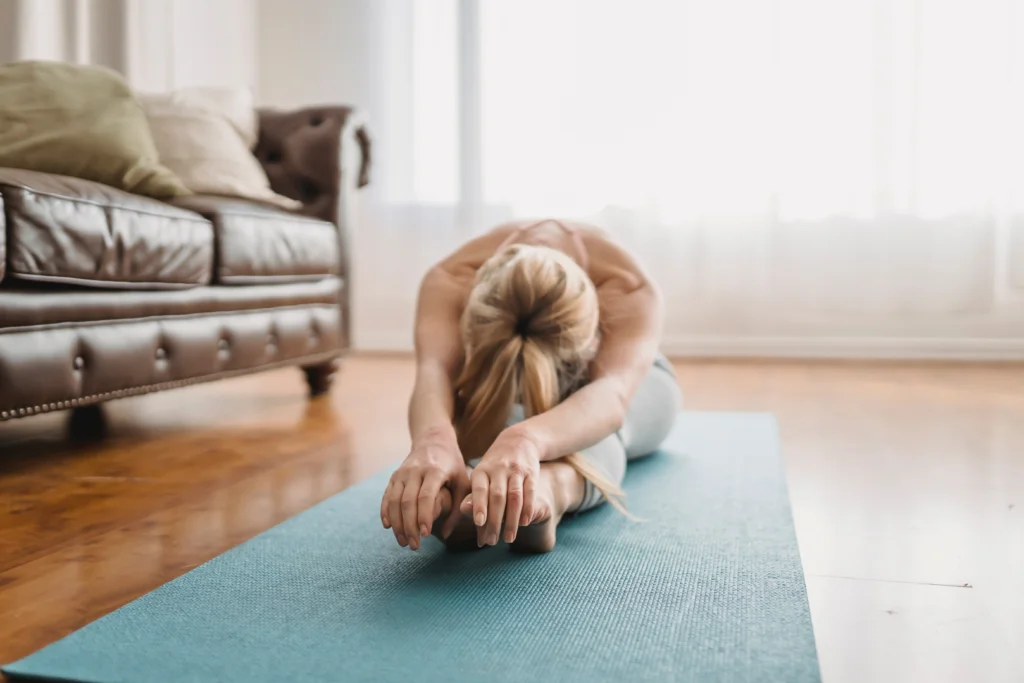
The Spine Stretch Forward improves spinal mobility, stretches tight muscles, and strengthens core muscles.
- Sit on a mat with your legs extended out in front of you, about shoulder-width apart.
- Inhale and reach both arms straight up towards the ceiling, lengthening through your spine.
- Exhale as you stretch forward over your legs, one vertebra at a time, until you are reaching toward or past your toes.
- Inhale again as you roll back up one vertebra at a time until you are sitting tall again with your arms still overhead.
Shoulder Bridge: Strengthening Your Lower Back Safely
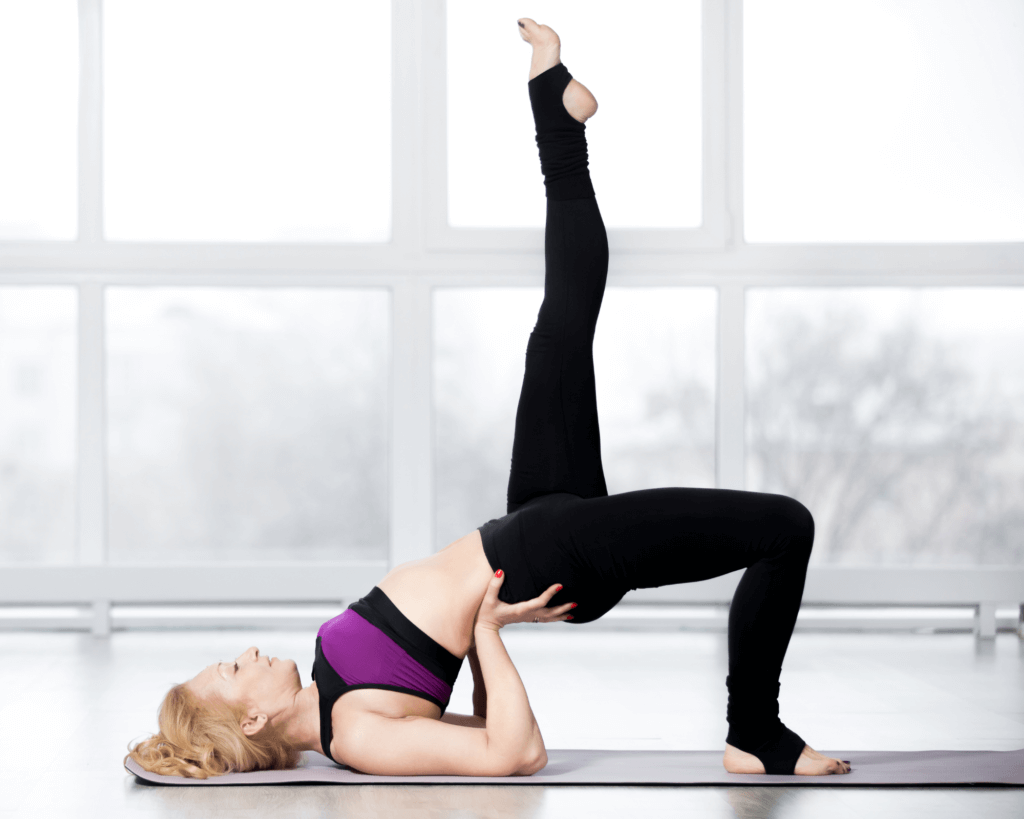
The Shoulder Bridge strengthens lower back muscles while also targeting hamstrings and glutes at the same time!
- Lie on your back with your knees bent and your feet hip-distance apart flat on the mat, just below hip height.
- Arms should be resting by the sides, palms down, pressing into the mat for stability throughout the movement.
- Lift the pelvis off the floor one vertebra at a time until you have a straight line from shoulders to knees.
- Hold for 5–10 seconds and lower back down, one vertebra at a time.
- Repeat 5–10 times.
If you want to add isometric work, lift your hips up into the bridge and hold for longer periods of time—up to one minute!
Intermediate Pilates Exercises for Back Sculpting
Swan Dive: Bending like a graceful swan
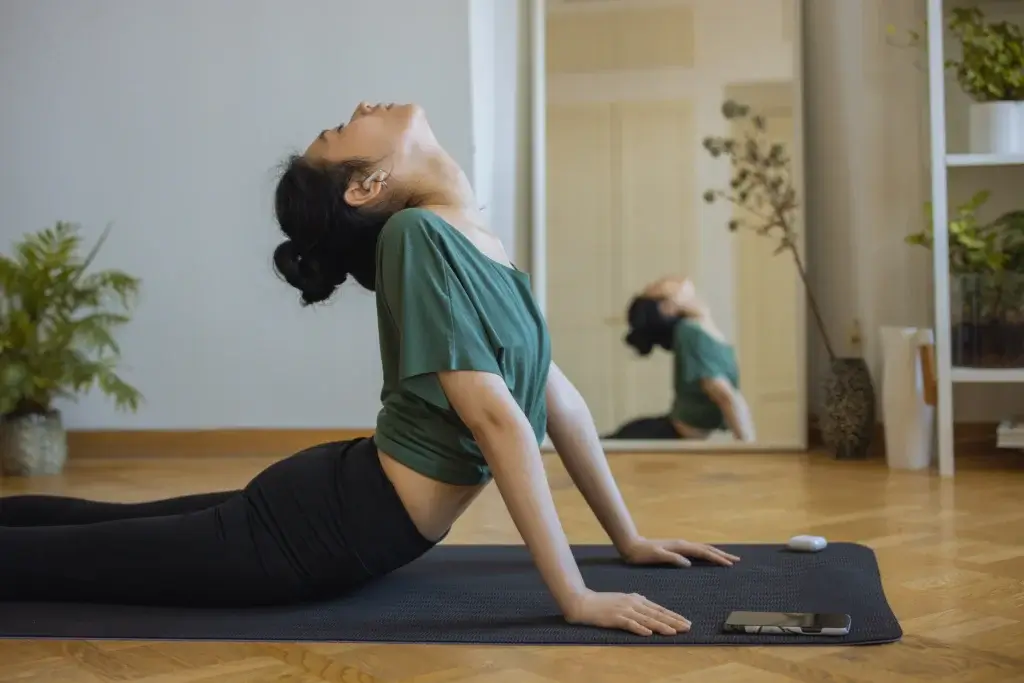
The Swan Dive exercise is an intermediate Pilates move that targets the entire back, from the upper to lower portions. This exercise is similar to the Cobra Pose in yoga, but with a little extra effort added to achieve more sculpted results.
- Lie down on your stomach on a mat with your arms stretched forward and parallel to the ground.
- Engage your core muscles, lift your chest off the ground while keeping your arms straight, and lower yourself slowly back down.
- Repeat this motion for a few reps while breathing deeply and trying to keep your movements fluid and controlled.
As you become more comfortable with this move, you can lift your arms higher off the ground or even hold onto light weights for added resistance.
Swimming: Moving through water or air

The Swimming exercise is another excellent way to target multiple areas of the back at once.
- Lie down on your stomach on a mat, lift both legs and arms off of the ground at once (as if swimming), and then alternately move each arm and leg up and down as if treading water.
- Try performing this exercise for 20–30 seconds at a time while focusing on keeping your movements slow and controlled.
You can also add variations, such as lifting one arm or leg at a time or holding onto light weights for added resistance.
Remember to keep your core engaged throughout the exercise and to breathe deeply in order to get the maximum benefits from each repetition
Advanced Pilates Exercises for Back Mastery
Teaser: The Ultimate Pilates Challenge

The Teaser is considered the ultimate challenge in Pilates and requires a strong and flexible back. This exercise targets the entirety of the back muscles, including the upper, middle, and lower back. It also strengthens the core, improves balance, and boosts overall body control.
- Start by lying on your back with your arms extended behind your head.
- Engage your abs and lift your legs up to a 45-degree angle.
- Then reach your arms forward while simultaneously lifting your upper body off the mat into a V-shape position.
- Hold for a few breaths before returning to the starting position.
It’s essential to start with easier Pilates exercises before attempting advanced ones like Teaser. Remember to engage your core muscles throughout this exercise and keep breathing steadily.
Pull-Ups: A Challenging Back Exercise
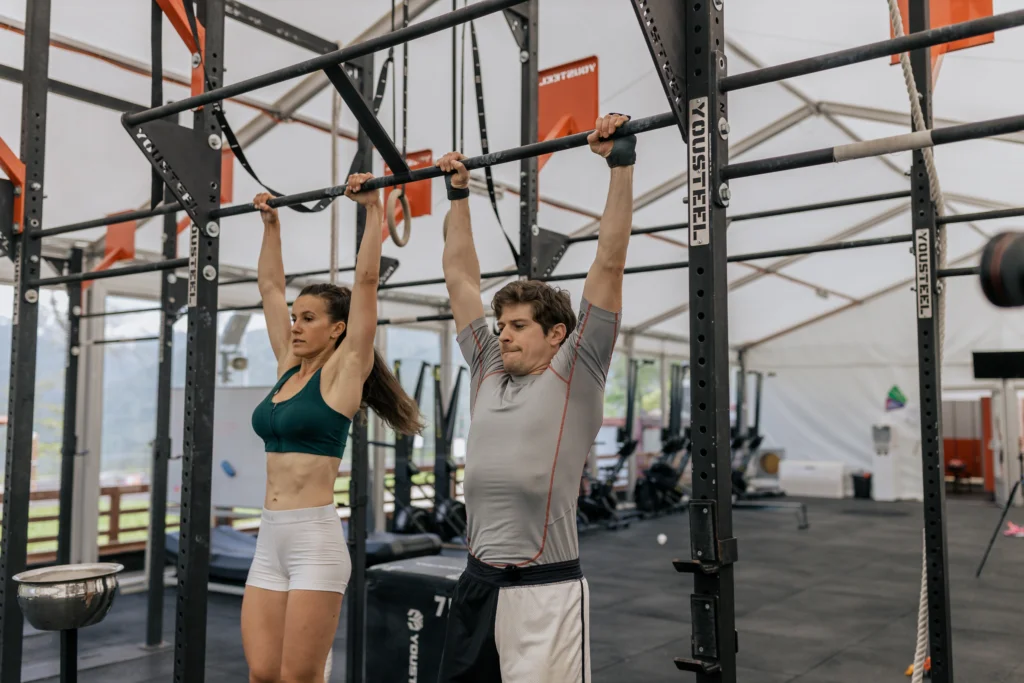
Pull-ups are not only great for building upper-body strength but also work wonders for sculpting the back muscles. This exercise targets mainly the latissimus dorsi muscle (lats), which is responsible for pulling movements like rowing or climbing.
To perform pull-ups in Pilates style, you will need a pull-up bar or equivalent equipment that allows you to hang freely without touching the ground.
- Start by hanging from the bar with straight arms and engaging your lats by pulling yourself up towards the bar while exhaling deeply.
- Then inhale as you slowly lower yourself down to the starting position.
This advanced exercise requires patience, as it can take time to build enough strength to complete full repetitions comfortably.
Scissors: A Dynamic Exercise For Lower Back Strength
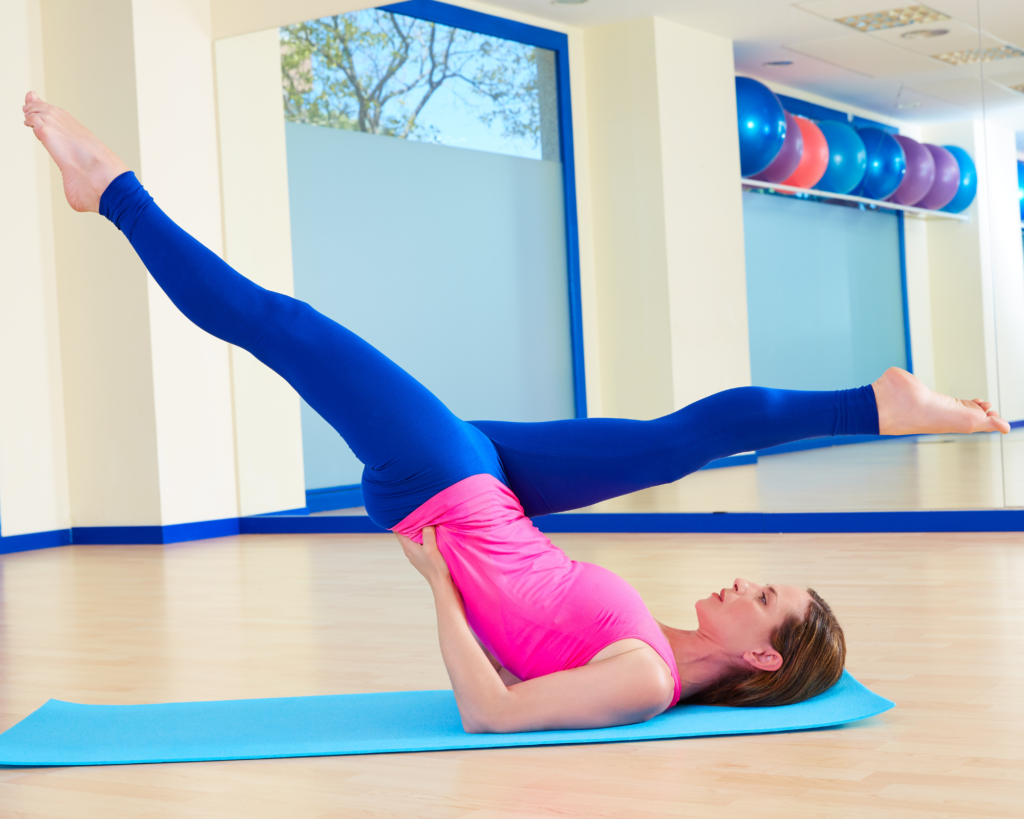
The Scissors is an excellent dynamic exercise that engages many different muscle groups simultaneously while promoting flexibility throughout the entire body. This challenging move targets primarily the lower back muscles, glutes, and hip flexors.
- To perform Scissors in Pilates style, start by lying on your back with your legs extended towards the ceiling.
- Engage your abs and lower one leg towards the ground while simultaneously lifting the other leg up towards the ceiling.
- Then switch legs in a scissor-like motion while continuing to engage your core muscles.
To increase intensity, you can add weights or resistance bands to this exercise. Remember to always listen to your body and not push yourself beyond what feels comfortable.
Tips and Tricks for Effective Pilates Workouts
Proper Breathing Techniques
Breathing is a crucial aspect of Pilates workouts, as it helps to center your mind and body, improve concentration, and provide better oxygen flow to your muscles. In Pilates exercises, you should inhale deeply through your nose to fill up your lungs with fresh air, then exhale slowly through pursed lips to empty them completely.
This technique helps you control your movements more effectively and prevent muscle strain or injury. It also allows you to connect with the rhythm of the exercise and find a sense of calmness within yourself.
To maximize the benefits of proper breathing techniques during Pilates workouts for back strength and sculpting, try to synchronize your breaths with each movement you make. For example, if you are doing a shoulder bridge exercise where you lift your hips off the ground while lying on your back, inhale as you prepare for the lift and exhale as you push up into the bridge position.
Keep breathing throughout the exercise until you return to the starting position. This way, your breaths will help support your movements rather than hinder them.
Importance of Proper Form and Alignment
Another essential aspect of effective Pilates workouts is maintaining proper form and alignment throughout each exercise. This means paying close attention to how you position your body during each movement so that it supports optimal muscle engagement while preventing unnecessary strain or injuries.
To achieve proper form in Pilates exercises for back strength and sculpting, start by listening carefully to instructions from a qualified instructor or following instructional videos that demonstrate correct postures. For example, when performing a spine stretch forward exercise where you sit on a mat with legs extended forward while reaching arms overhead towards toes, keep shoulders relaxed down away from ears while keeping core muscles engaged (belly drawn in).
Also, make sure that the spine stays long and straight as you hinge forward from the hips. Proper alignment not only ensures that you are working your muscles effectively but also helps to prevent pain and discomfort in other areas of the body.
Consistency in Practice
Like any fitness routine, consistent practice is key to seeing results in Pilates workouts for back strength and sculpting. While it may be tempting to do a few exercises sporadically whenever you have time, committing to a regular schedule will help you build endurance and increase flexibility and mobility.
Aim to work out for at least 30 minutes on most days of the week. You can start with basic exercises and then gradually progress to more challenging ones over time.
To make Pilates workouts a regular part of your routine, consider setting aside specific times each day or week for practice. This could be early in the morning before work or right before bed after dinner.
You may also find it helpful to join online groups or attend classes where you can connect with others who share similar goals and get encouragement along the way.
Conclusion
Pilates exercises are a fantastic way to strengthen and sculpt your back muscles. Whether you’re just starting out or have been practicing for years, there are exercises at every level to help you achieve your goals.
The benefits of a strong and sculpted back go beyond just looking good; they can improve posture, reduce the risk of injury, and increase overall strength and mobility. By consistently incorporating Pilates exercises into your workout routine, you’ll see improvements in these areas over time.
Remember to always prioritize form and alignment when practicing Pilates. It’s better to do fewer reps with proper form than many reps with improper form that could lead to injury.
Also, pay attention to your breathing technique—inhaling deeply through the nose at the beginning of each movement and exhaling fully through the mouth as you complete it.
